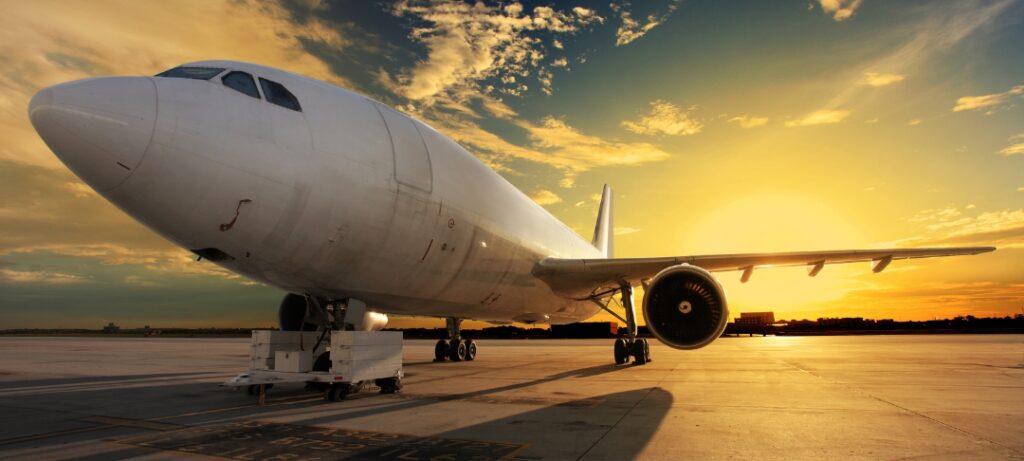When planning a trip, it’s important to understand the restrictions on what you can bring with you on a plane. One of the most common questions travelers have is how much liquid they can take on a plane. The Transportation Security Administration (TSA) has strict regulations on the amount and type of liquids that can be brought on a plane, both in carry-on and checked bags. It’s important to understand these regulations to ensure a smooth and hassle-free journey. In this article, we will provide an overview of TSA liquid restrictions, tips on how to pack liquids in your luggage, and special considerations for medications and infant formula. We will also provide additional resources for more information on liquid restrictions on planes. By the end of this article, you will have a better understanding of what you can and cannot bring with you on your next flight.
TSA Liquid Restrictions
Overview of TSA regulations
The TSA has specific guidelines regarding the amount and type of liquids that can be brought on a plane. These regulations apply to both carry-on and checked bags.
Quantity limits for liquids in carry-on and checked bags
Passengers are allowed to bring a quart-sized bag of liquids, aerosols, gels, creams, and pastes in their carry-on and checked bags. These items must be placed in a clear, plastic, sealable bag and must be 3.4 ounces (100 milliliters) or less per item. Medications, baby formula, and breast milk are exempt from these limits and can be brought in larger quantities as long as they are declared for inspection at the security checkpoint.
Exceptions for certain types of liquids
Certain types of liquids, such as medication and baby formula, are exempt from the TSA’s liquid restrictions and can be brought in larger quantities. These items must be declared for inspection at the security checkpoint. Additionally, duty-free liquids, such as alcohol and perfumes, that were purchased internationally and are still sealed in their original packaging can also be brought on a plane, but they must be placed in a checked bag.
TSA Liquid Restrictions
Overview of TSA regulations
The TSA has specific guidelines regarding the amount and type of liquids that can be brought on a plane. These regulations apply to both carry-on and checked bags.
Quantity limits for liquids in carry-on and checked bags
Passengers are allowed to bring a quart-sized bag of liquids, aerosols, gels, creams, and pastes in their carry-on and checked bags. These items must be placed in a clear, plastic, sealable bag and must be 3.4 ounces (100 milliliters) or less per item. Medications, baby formula, and breast milk are exempt from these limits and can be brought in larger quantities as long as they are declared for inspection at the security checkpoint.
Exceptions for certain types of liquids
Certain types of liquids, such as medication and baby formula, are exempt from the TSA’s liquid restrictions and can be brought in larger quantities. These items must be declared for inspection at the security checkpoint. Additionally, duty-free liquids, such as alcohol and perfumes, that were purchased internationally and are still sealed in their original packaging can also be brought on a plane, but they must be placed in a checked bag.
Special Considerations for Medications and Infant Formula
How to transport medication on a plane
Medications, including prescription and over-the-counter drugs, can be brought in larger quantities than other liquids as long as they are declared for inspection at the security checkpoint. It’s a good idea to bring a copy of your prescription or a note from your doctor to verify that the medication is for personal use. Additionally, it’s a good idea to pack your medication in your carry-on bag to ensure it doesn’t get lost or delayed in checked baggage.
TSA rules for transporting infant formula
Infant formula, breast milk, and juice for babies or toddlers can be brought in quantities larger than 3.4 ounces as long as they are declared for inspection at the security checkpoint. You can also bring along a small container of powdered formula, but it will be subject to additional screening.
Exceptions for other medical or special needs
Passengers with other medical or special needs, such as oxygen tanks or liquid-based nutrition, should contact the TSA Cares helpline at (855) 787-2227 at least 72 hours prior to traveling to discuss their specific needs and the screening process.
Conclusion
In this article, we have discussed the TSA’s liquid restrictions for carry-on and checked bags, including the quantity limits for liquids and exceptions for certain types of liquids such as medication and infant formula. We also provided tips on how to pack liquids in your luggage and special considerations for medications and infant formula.
Reminder to check TSA regulations before traveling
It’s important to check the TSA’s regulations before traveling to ensure a smooth and hassle-free journey. Keep in mind that these regulations are subject to change, so it’s a good idea to check the TSA’s website or call the TSA Cares helpline for the most up-to-date information.
Additional resources for more information on liquid restrictions on planes.
For more information on the TSA’s liquid restrictions and other travel-related information, you can visit the TSA’s website at www.tsa.gov or call the TSA Cares helpline at (855) 787-2227.
